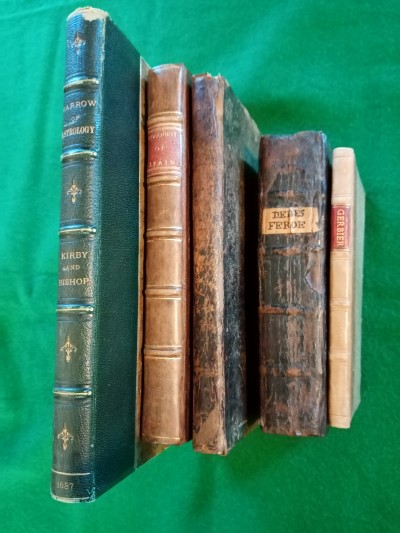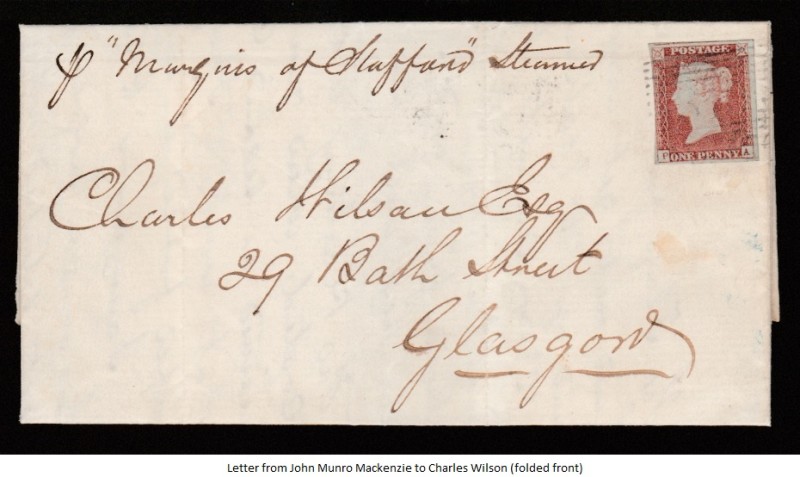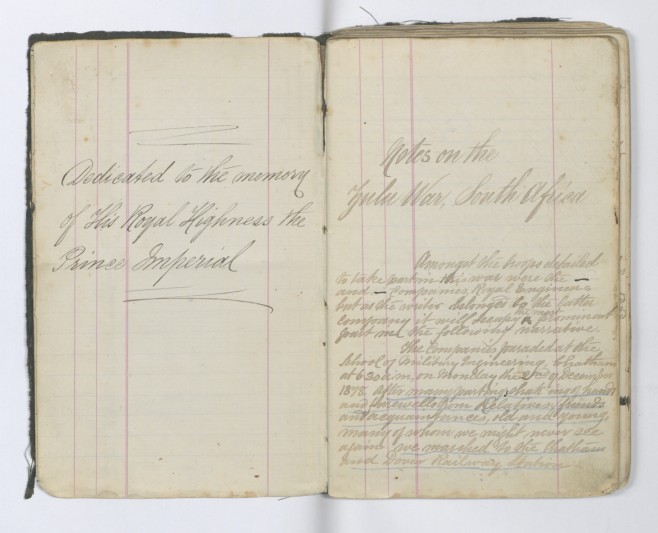Thomas Plume's Library is an extraordinary survival. In 1704 Dr Thomas Plume (1630-1704), Archdeacon of Rochester, bequeathed his collection of c. 8,000 books to his birthplace, Maldon, to establish a public lending library in the redundant Church of St Peter.In the early 20th-century, when Thomas Plume’s Library was still a lending institution, many books went missing. Since 1987 the Trustees have been actively buying replacement books – in a few cases the originals.
Search FNL grants since 1931
The writer of the letter was John Munro Mackenzie, Chamberlain of the Lews from 1848 to 1854, and the recipient was Charles Wilson, a distinguished architect based in Glasgow who had designed Lews Castle. The letter described delays in the final completion of the plastering and decorating of the new Lews Castle which, the Chamberlain hoped, would be ready in time for an imminent visit by Sir James Matheson, owner of Lews Castle and proprietor of the Island of Lewis from 1844, with family and guests. The visit would likely have been one of the first by Sir James to his new stately home.
It is a manuscript of 206 pages and has four sections. The first three are acre books of Pinchbeck (1595), Spalding (1617) and Cowbit (1640), all written in different secretary hands. The fourth section consists of seven pages of indexes compiled in the 19th century. The sections were bound into the book in the early 19th century. Each of the acre books shows the areas of the lands and their owners. The Pinchbeck section also shows the tenants of each land holding.
Dating from when the Lodge was opened on 1 January 1840, the minutes chronicle 25 years of activity and provide fascinating insights into life in the local community. Although the terminology used, referring to “Brothers”, “Grandmasters”, sashes, aprons and other regalia, suggests that the organisation was an official masonic lodge, there is no record of it as such. An entry referring to it as a “Sick Benefit Society” confirms that it was one of the numerous friendly societies that sprang up during this period, providing crucial support in times of sickness or other impediments to work.
The Anglo-Zulu War (1879) was fought between the British and the Zulu kingdom of Cetshwayo kaMpande. It is one of the foremost campaigns of imperial expansion into Africa, with victory enabling British political and economic aims in the region. This 170-page manuscript diary, with sketches and albumen prints, records the experiences of an Officer or Non-Commissioned Officer in the 5th Company, Royal Engineers during this conflict.
The Refuge Assurance Company was founded in 1858 by James Proctor and George Robins in Dukinfield, Cheshire. It soon grew to become the major insurance company based in the North West and in 1890 Proctor employed the nationally celebrated architect, Alfred Waterhouse to design a new headquarters building in Manchester. Alfred’s son, Paul, joined him in practice in 1891 and together they completed the building design. The archive as it complements and supplements existing records within our drawings and manuscripts collections, in particular that for two past RIBA Presidents, Alfred Waterhouse (1830-1905) and his son, Paul Waterhouse (1861-1924).
Written up by Harvey whilst a student at Queens’ College (1824-7), this book provides an eyewitness account of the aftermath of what was perhaps the most important event in the history of enslavement, the revolution of 1791-1804 that occurred in Haiti. There, for the first time in history, a violent uprising of enslaved people had brought about the establishment of a new nation state, thereby offering a stark warning to all those who continued to profit from slavery and heralding the possibility of an end to the slave trade.
Lord Provost's Visitors’ Book for the City and Royal Burgh of Perth, 1945-51, with related scrapbook, that belonged to Lord Provost John Ure Primrose (1901-1985) who was Provost of the City and Royal Burgh of Perth from 1945 to 1951. Initial concerns about how the collection came to public auction have been alleviated through discussion with Perth’s present Lord Provost who informed us that it was past practice for Lord Provosts to retain these quasi-official records as a memento of their service.
Hensall is a village lying at the very extremity of North Yorkshire, approximately eight miles from Selby, and south of the River Aire. Although not a separate ecclesiastical parish until 1855 and created a civil parish only in1866, it can trace its roots back to the Domesday Book in which it is named as Edeshale.
The manuscripts consist of two rolls written in Latin: one of 16 stitched vellum membranes and the other of 5 stitched vellum membranes, each measuring 60 to 80 centimetres in length and 28 centimetres wide. The larger roll comprises the record of 47 courts held between the years 1600 and 1623, with four further courts for 1626, 1633, 1635 and 1639 on the smaller roll. They give a fascinating insight into the structure of land holdings in the manor.
Chronicle of Fortingall, long out of public sight and yet of the greatest significance for the study of Highland history, was our most exciting manuscript acquisition of the year. The purchase of the Chronicle received wide attention in the media and met with a positive, often heartfelt response from many members of the public. Originating in an area and period from which few informal documents survive, the Chronicle is a rare and important witness to the cultural and political outlook of educated bilingual Gaelic speakers in the mainland Highlands of Scotland. The manuscript was written between ca. 1550 and 1579 by a circle of scribes based in Fortingall, Highland Perthshire; the scribes belonged to a family of MacGregors whose members regularly served as priests in the Fortingall area.







